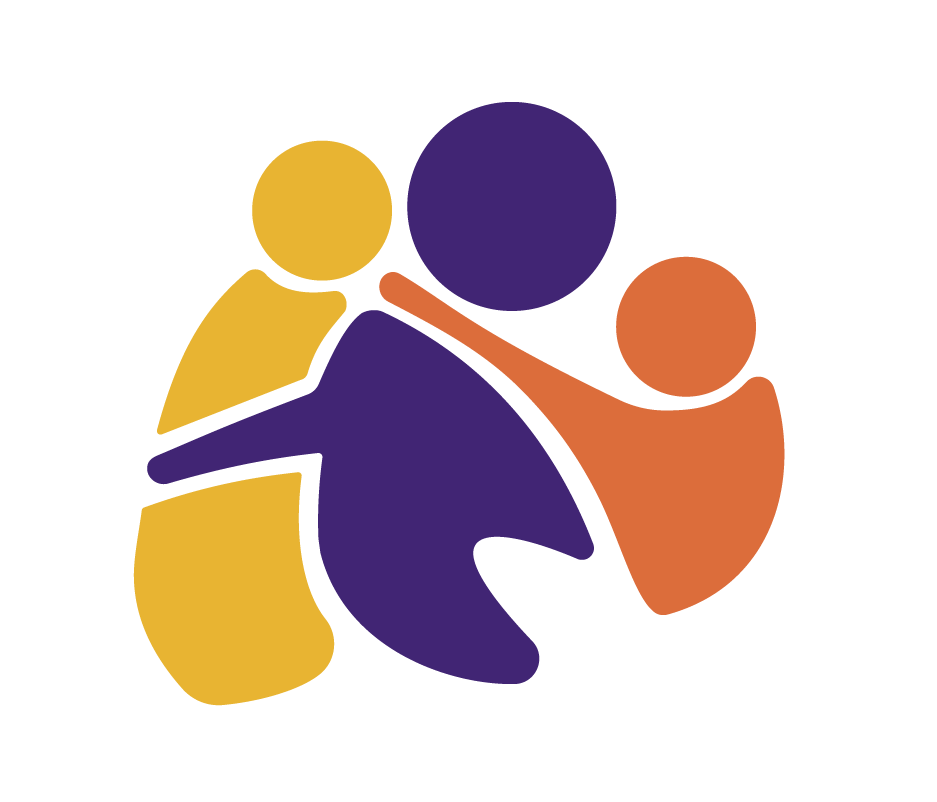Attachment parenting is about the quality of the relationship between the caregiver and the child. It is a measure of the child’s connection to an adult caregiver and is formed when the child is young.
Attachment research has shown how important it is – it lays the foundations for healthy brain development and shapes the way the child will later view the world and behave in adult intimate relationships.
Scientific research on parent-child relationships has found that two primary types of attachments form: secure attachments and insecure attachments.
The following refers to each attachment type:
Secure attachment
Refers to a child who responds happily to interactions or reunions with the caregiver. The secure child will happily explore the environment around them; however, if the child becomes distressed, they will seek out the caregiver – they trust that the caregiver will respond to them. This strategy may develop due to available and responsive caregiving.
Insecure attachment – resistant/ambivalent
Refers to a child who is reluctant to explore the environment and very distressed if separated from the caregiver. Although they do seek the caregiver when they are anxious, they may then struggle to get away or become very hard to soothe. This strategy may develop due to inconsistent caregiving.
Insecure attachment – avoidant
Refers to a child who actively avoids or ignores the caregiver’s presence and responses to them. The child does not seek comfort or show a preference for the caregiver over a stranger. This strategy may develop due to unavailable and non-responsive caregiving.
Insecure attachment – disorganized
Refers to a child who is not predictable in their behaviour and not easily comforted when stressed. They show evidence of fear or confusion around the caregiver. This strategy may develop when the caregiver is frightening to the child.
Why attachment parenting matters
- Learning – Being secure means being able to more freely explore their environment and learn with confidence.
- Social Interactions – Less hostility and more positive interactions with people. Trusting that other people will behave positively.
- Emotional regulation and ability to cope with stress – Being secure leads to a more emotionally stable child who can express and manage their feelings. Furthermore, when under stress they are less likely to react negatively.
How do attachment parenting styles develop
Although many factors can shape attachment (e.g. temperament, context, early trauma). The key way in which attachment develops is based on how the caregiver responds to and interacts to the child when they are young.
How consistent and reliable is the caregiver in meeting the needs of the child – such as providing basic needs (food) and most importantly the emotional need for comfort, support and security.
How the parent responds to the child is what promotes attachment and includes behaviours such as:
- Smiling and affectionate looks (e.g. see “the still face experiment” to experience how much facial expressions matter to infants)
- Talking and listening (open and warm communication)
- Physical touch and hugs (affection)
- Laughter and play time together
- Comforting the child when they are upset
- Making amends (e.g. saying “I’m sorry”)
- Structure and routine in daily activities (e.g. mealtimes, bedtimes)
- Being available (e.g. attention directed at the child, not smart-phone)
- Accept and validate feelings (e.g. you sound upset, that must have been very hard for you!)
If you would find it helpful to discuss this topic with our telephone support workers, call our free Parent Helpline 0800 568 856.
Further reading:
Bowlby, J. A Secure Base: Clinical Applications of Attachment Theory. London: Routledge; 2012.
Salter, MD, Ainsworth, MC, Blehar, EW, & Wall, SN. Patterns of Attachment: A Psychological Study of the Strange Situation. New York: Taylor & Francis; 2015.


